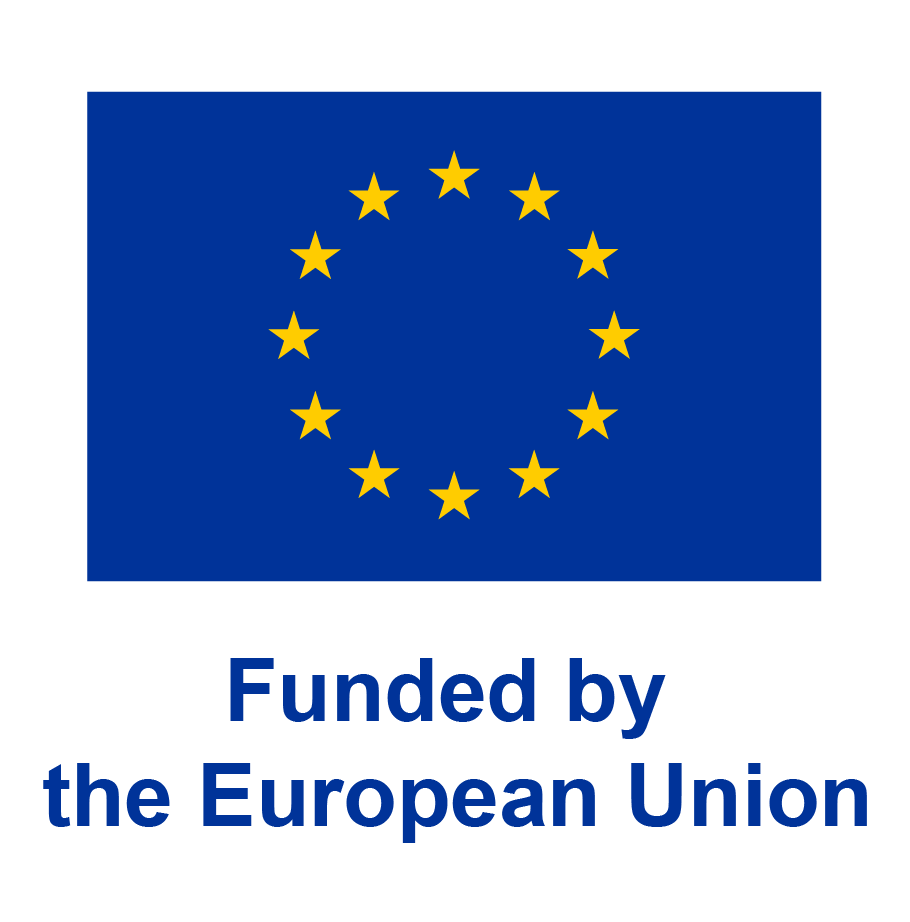Over the years, IPIS has systematically collected mine site and trade hub level data on artisanal and small-scale mining (ASM) in eastern DRC. This data collection has enabled IPIS to generate a sizable database of more than 3,000 ASM sites that draws both on sites visited by IPIS and data from third party sources including the Congolese mining cadastre and the Ministerial qualification teams. This database is the point of departure of the Responsible mining scorecard (RMS).
By summarising a wide range of data, the RMS aims to assess mining sites against different indicators of responsible mining, namely security, health and safety, presence of state services, and level of formalisation. To provide further contextualisation on working conditions, as well as to help prioritising areas to set-up responsible sourcing initiatives, we consider production and accessibility to the mining sites as two additional indicators. As of August 2022, IPIS provides a scorecard for 927 mining sites visited by IPIS after May 2018.
This report aims primarily to introduce the methodology behind the calculation of the scores for each indicator, present solutions to explore their spatial distribution, and illustrate through a few case studies and examples how the Responsible mining scorecard can be used and interpreted.
Drawing on the results of the scorecard calculation for each mine, IPIS has developed a dashboard that enables to compare the spatial distribution of the scoring levels of two indicators, to subset mines and to zoom in on an area of interest using various combinations of filters, namely the mineral(s) extracted in the mining sites, province and territory, year of last visit, and the level of the indicator of their choice (i.e., very low, low, medium, and high).
This Responsible mining scorecard is a work in progress and will be updated by IPIS after each new mining site visit. The calculation system will be implemented to a growing number of additional mining sites to achieving the main objectives of the scorecard: assessing compliant zones for responsible sourcing and exploring linkages between the different indicators.




These documents have been produced with the financial assistance of the European Union. The contents of these documents are the sole responsibility of IPIS and can under no circumstances be regarded as reflecting the position of the European Union.

